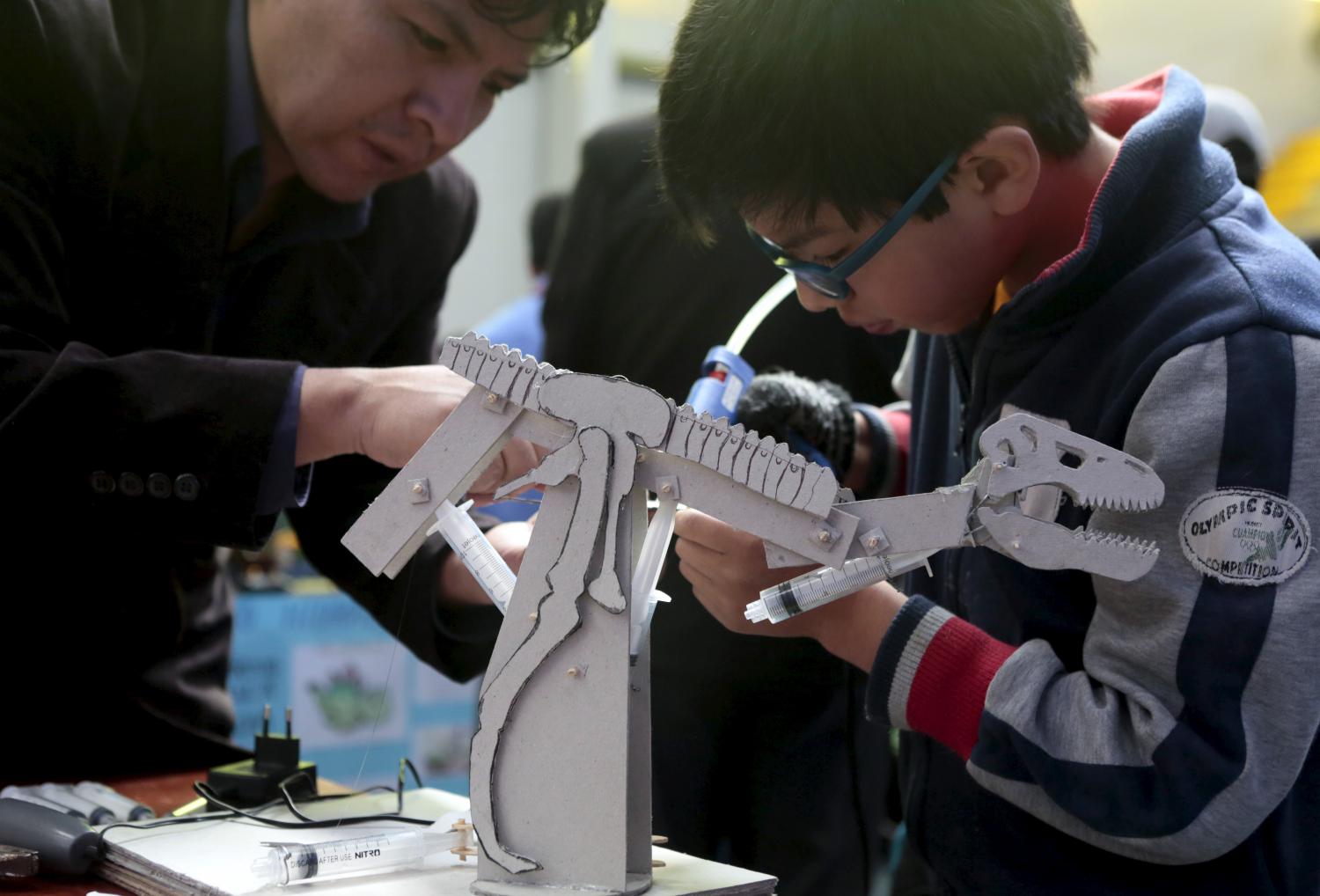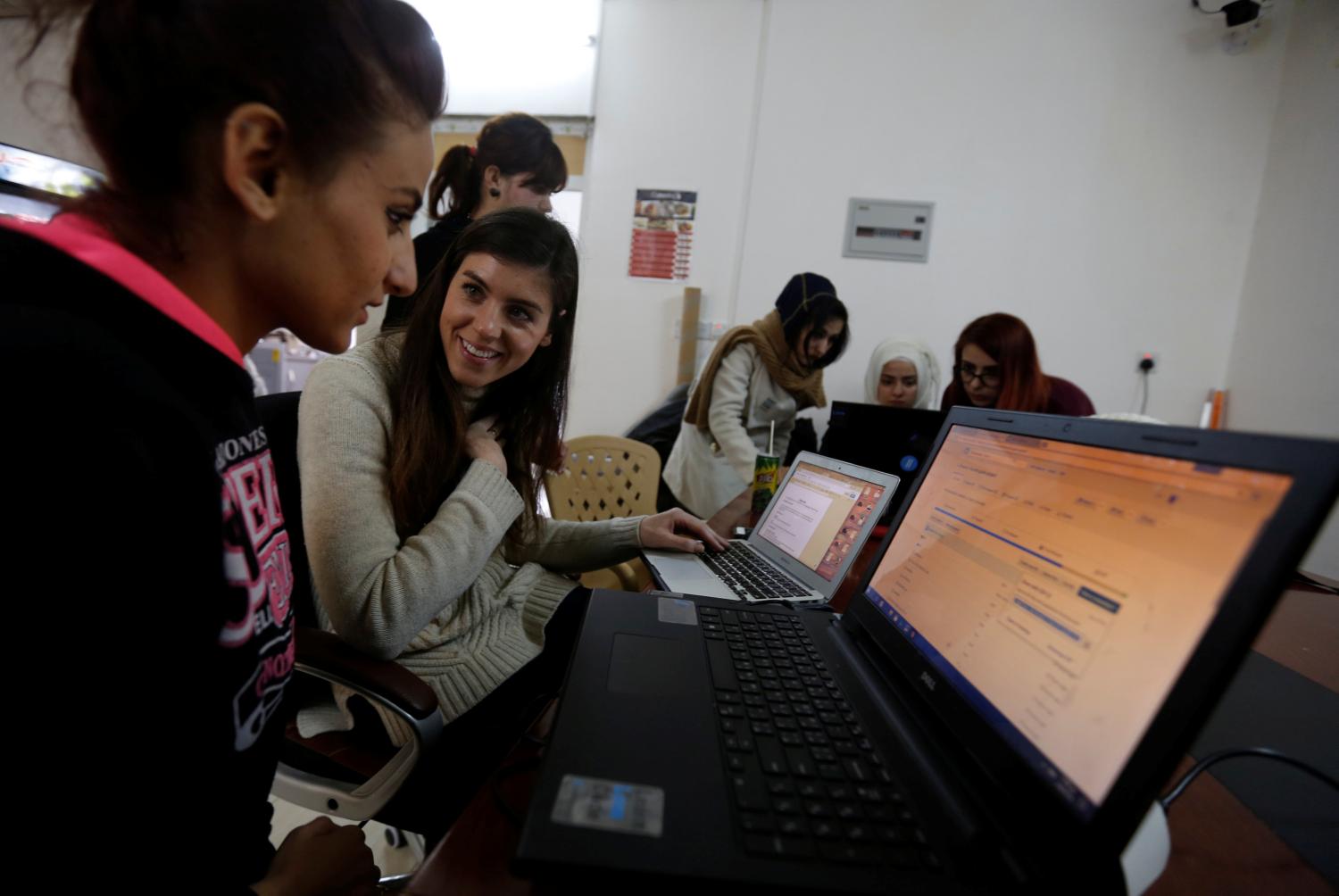Editor’s note: As part of the Skills for a Changing World project, this blog series explores opportunities for innovation in education to develop breadth of skills.
Schools, teachers, parents, and students in rich and poor countries alike must transform the teaching and learning environment to catch up and keep pace with rapid advances in technology, major changes to the world of work, and to solve complex global challenges. This means mastering literacy, numeracy, and content in traditional academic subjects, but also requires young people who can think critically, solve problems and collaborate with diverse groups of people. Rather than a narrow set of competencies, education must deliver the breadth of skills urgently needed not only in the labor market but also for helping solve some of the most world’s most pressing social problems.
Since the mid-20th century interpersonal and analytical skills have across the globe been increasingly in demand and will continue to as technology automates many occupations. But currently these skills are lacking in the labor market. In a global survey of employers in developing and developed countries alike, 17 percent reported difficulty hiring talent due to a lack of “workplace competencies” like communication, problem solving, creativity, and teamwork.
Cultivating these skills requires new models of education and schooling; traditional classrooms that task teachers with transmitting content for students to learn will not suffice.
Reaching everyone
Today’s classrooms also need to do a better job of ensuring everyone is included. From poor neighborhoods in the United States to rural villages in Nigeria—many of the world’s education systems are deeply inequitable. Globally there are 650 million children around the world who have not even reached basic developmental and learning milestones. There are an estimated 200 million children not developing to their potential in their first five years of life, including not meeting basic socio-emotional and cognitive growth. There are 250 million children who have not learned the very basics of reading or math, half of whom have spent four years in school and half of whom have either never entered a classroom or dropped out before fourth grade. There are also an estimated 200 million youth who do not have the basic literacy and numeracy skills needed for learning further skills for work. The vast majority of these children and youth are poor, living in the poorest countries in the world and in forgotten areas such as urban slums or remote villages. Many also are members of ethnic or linguistic minorities, living in communities affected by extreme violence or armed conflict, or living with disabilities.
All children, including those left behind, deserve learning opportunities that help them develop to their full potential and cultivate the breadth of skills needed for succeeding today and in the future.
The good news is that there is renewed global consensus to do just this. The United Nations Sustainable Development goals, adopted by the 193 countries of the U.N. General Assembly in September 2015, calls for concerted actions to help children and youth develop the skills they need from early childhood through adolescence. With this in mind, our center’s Skills for a Changing World project is conducting research on how to help children globally develop the breadth of skills. We are examining the changes needed in policy and practice both in and out of school to positively impact young children’s development through their educational career.
Improving learning outcomes and education equity
One question we are examining in depth is how to massively accelerate progress both in improving learning outcomes across the breadth of skills and improving education equity. It is clear that a new path for educational reform is needed to quickly help all children develop the skills they need. In fact, in our recent analysis we found that developing regions are approximately 100 years behind developed regions in many measures of education related to school completion and learning outcomes. Most shocking is that based on business as usual, it is projected that it will take another century to close those gaps.
Luckily, there is reason to hope. We have found that in and out of classrooms, in poor and wealthy communities alike, innovators around the globe are implementing new approaches and solutions that promote the “hands on, minds on” learning strategies that will help achieve breadth of skills for all. Many innovations are finding ways to unburden and support teachers so they can focus on facilitating learning and evidenced-based practices. Other innovations look to how we can involve communities and diverse partners to improve education, and others are streamlining administrative tasks so more resources can be channeled into teaching and learning.
We will explore these themes of innovation and look at interesting examples already in action over the coming weeks. In some cases these approaches are new and employ cutting-edge technology, while others have been around for decades. We have drawn from our recent study Millions Learning as well as a diverse array of existing and new research on education innovation to inform our research and highlight key principles of innovation in action.
The Brookings Institution is committed to quality, independence, and impact.
We are supported by a diverse array of funders. In line with our values and policies, each Brookings publication represents the sole views of its author(s).






Commentary
Thinking differently in education to deliver breadth of skills
July 7, 2016